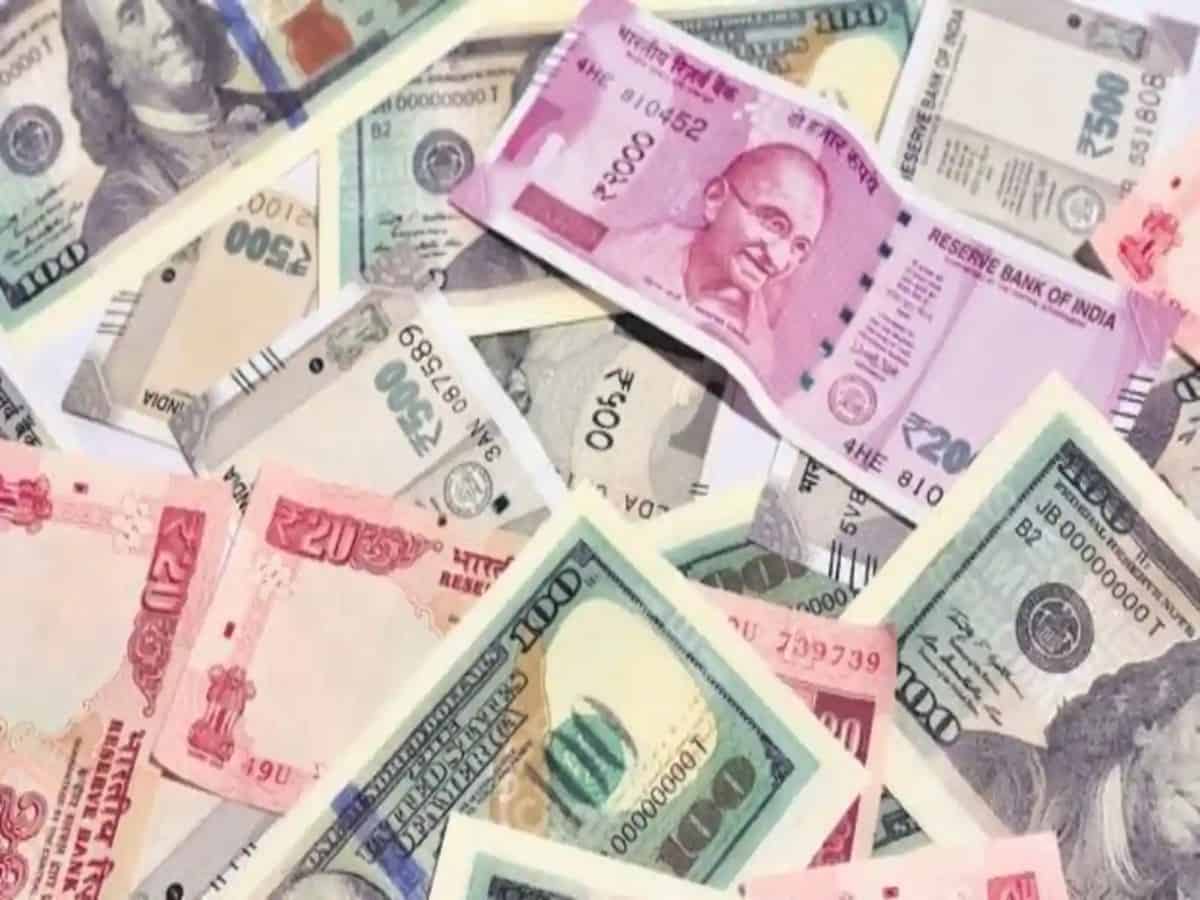
New Delhi: Fake currency notes, with face value of crores of rupees are being caught every year, indicating an increase in their circulation in the country.
This creates trouble for the common people and poses a big challenge for the government and the police.
According to sources, police and other security forces have seized fake currency worth the face value of Rs 137 crore in the last three years.
The seized counterfeit new notes of Rs 2000 are also amount to crores in face value.
Fake currency is mostly traded or smuggled from Pakistan and is sent to India across the border among other routes, sources said.
The Border Security Force (BSF) and the police forces have been successful in seizing such notes to an extent, but a lot still remains to be done.
The Central government claimed to curb fake currency by demonetisation, whereas statistics reveal a starkly different reality.
According to data provided by the Union Home Ministry, fake notes of face value Rs 137,96,17,270 crore were caught from 2019 to 2021.
As many as 3,10,066 lakh fake notes were seized in 2021, whose face value was Rs 20,39,27,660 crore.
A total of 8,34,947 lakh fake notes with face value of Rs 92,17,80,480 crore were confiscated in 2020, apart from 2,87,404 lakh fake notes of face value Rs 25,39,09,130 crore in 2019.
According to the Ministry of Home Affairs (MHA), fake currency of the denominations of Rs 2000 and Rs 500 were seized in large amounts in the last three years.
In 2021, the face value of seized fake notes of the Rs 2000 denomination was Rs 4,84,78,000 crore, while the seized notes of Rs 500 had face value of Rs 12,57,99,000 crore.
As many as 2,44,834 lakh notes of Rs 2000 in 2020 and 90,566,000 notes in 2019 were seized.
Apart from this, fake notes of Rs 500 denomination have also been seized in lakhs from across the country over the years.
The MHA apprised that the figures did not indicate any specific pattern regarding the circulation of Fake Indian Currency Notes (FICN).
The government claimed that the intelligence and security agencies of the Central and state governments had been keeping a keen eye on the elements involved in the spread of FICN and took action against reported violations.
Several steps are being taken by the MHA to thwart the same.
According to the government, an FICN Coordination group had been constituted by the Home Ministry for sharing information among the security agencies of the state and Centre to combat the problem.
A Terror Funding and Fake Currency (TFFC) Cell has been constituted in the National Investigation Agency (NIA) to conduct focused investigation of terror financing and fake currency cases.
The government claimed to have strengthened the international border security by deploying additional men for round-the-clock surveillance, by setting up surveillance posts along the border, erecting fences and intensive patrolling.
An MoU has been signed between India and Bangladesh to prevent and combat smuggling and circulation of counterfeit currency notes, while training programmes have been organised for state police officers as well as those of Nepal and Bangladesh to make them aware about the problem.
The Reserve Bank of India has prepared a strategy to curb counterfeit notes, reportedly taking various measures, including raising security standards on bank notes, to make counterfeiting difficult and costly and organising awareness programmes for the public.



